"Asiatic Linsang, Prionodon." redOrbit Reference Library Mammals. Retrieved on April 20, 2014.
- Available at: http://www.redorbit.com/education/reference_library/animal_kingdom/mammalia/1112850057/asiatic-linsang-prionodon/
Bisby, F.A.; Roskov, Y.R.; Orrell, T.M.; Nicolson, D.; Paglinawan, L.E.; Bailly, N.; Kirk, P.M.; Bourgoin, T.; Baillargeon, G.; and Ouvrard, D. (red.). 2011. "Prionodon pardicolor." Species 2000 & ITIS Catalogue of Life: 2011 Annual Checklist. Reading, UK.Retrieved on April 20, 2014.
- Available at: http://www.catalogueoflife.org/annual-checklist/2011/search/scientific/genus/Prionodon/species/pardicolor/match/1
Blanford, William Thomas. 30 November 1891. Mammalia, Volume 8: The Fauna of British India, Including Ceylon and Burma. London: Taylor and Francis.
Boelens, Bo; Watkins, Michael; and Grayson, Michael. 2009. The Eponym Dictionary of Mammals. JHU Press.
Boudet, Ch. 10 January 2009. "Spotted Linsang or Tiger-Civet." Mammals' Planet: Vs n°4, 04/2010. Retrieved on April 20, 2014.
- Available at: http://www.planet-mammiferes.org/drupal/en/node/38?indice=Prionodon+pardicolor
Boudet, Ch. 10 January 2009. "Subspecies Sheet: Spotted Linsang or Tiger-Civet." Mammals' Planet: Vs n°4, 04/2010. Retrieved on April 20, 2014.
- Available at: http://www.planet-mammiferes.org/drupal/en/node/39?indice=Prionodon+pardicolor+pardicolor
Boudet, Ch. 10 January 2009. "Subspecies Sheet: Spotted Linsang or Tiger-Civet." Mammals' Planet: Vs n°4, 04/2010. Retrieved on April 20, 2014.
- Available at: http://www.planet-mammiferes.org/drupal/en/node/39?indice=Prionodon+pardicolor+presina
Driver, Stephanie (ed.). 2008. Exploring Mammals. Tarrytown, NY: Marshall Cavendish Corporation.
Duckworth, J.W. 30 June 2010. "Hodgson Named the Spotted Linsang Prionodon pardicolor in 1841." Small Carnivore Conservation 42:30–31. Retrieved on April 20, 2014.
- Available at: http://www.smallcarnivoreconservation.org/sccwiki/images/1/17/Duckworth.pdf
Duckworth, J.W.; Timmins, R.J.; Wozencraft, C.; Choudhury, A.; Roberton, S.; and Lau, M.W.N. 2008. "Prionodon pardicolor." In: IUCN 2013. International Union for Conservation of Nature and Natural Resources Red List of Threatened Species. Version 2013.2. Retrieved on April 20, 2014.
- Available at: http://www.iucnredlist.org/details/41706/0
Duff, Andrew; and Lawson, Ann. 2004. Mammals of the World: A Checklist. Yale University Press.
Francis, Charles M. 25 March 2008. A Field Guide to the Mammals of South-East Asia. London: Cape Town, Sydney, Auckland: New Holland Publishers (UK) Ltd.
Gaubert, P.; and Veron, G. 7 December 2003. “Exhaustive Sample Set among Viverridae Reveals the Sister-Group of Felids: The Linsangs as a Case of Extreme Morphological Convergence within Feliformia.” Proceedings of the Royal Society B: Biological Sciences 270(1532):2523-2530.
Glenn, C. R. 2006. "Spotted Linsang Facts (Online)." Earth's Endangered Creatures: Species Profiles - Asia. Retrieved on April 20, 2014.
- Available at: http://www.earthsendangered.com/profile-238.html
Gray, John Edward. 1864. “A Revision of the Genera and Species of Viverrine Animals (Viverridae), Founded on the Collection in the British Museum.” Proceedings of the Scientific Meetings of the Zoological Society of London for the Year 1864 502-579. Retrieved on April 20, 2014.
- Available via Internet Archive at: http://archive.org/stream/proceedingsofgen64zool#page/518/mode/2up
Gray, John Edward. 12 February 1869. Catalogue of Carnivorous, Pachydermatous, and Edentate Mammalia in the British Museum. London: Taylor and Francis by Order of the Trustees of the British Museum (Natural History). Retrieved on April 20, 2014.
- Available via Biodiversity Heritage Library at: http://www.biodiversitylibrary.org/item/34506#page/5/mode/1up
Harrington, R.; Berghaier, R.; Hearn, G. 2002. "The Status of Carnivores on Bioko Island, Equatorial Guinea." Small Carnivore Conservation 27:19-22.
Hodgson, Brian. 1841a. “On a New Species of Prionodon. P. pardicotor nobis.” Calcutta Journal of Natural History 2:57-60.
Hodgson, Brian. 1841b. “Classified Catalogue of Mammals of Nepal, Corrected to End of 1840, First Printed in 1832.” Calcutta Journal of Natural History 2:212-221.
Hodgson, B.H. 1841 c. “Classified Catalogue of Mammals of Nepal, (Corrected to End of 1841, First Printed in 1832).” Journal of the Asiatic Society of Bengal, part 2, Physical Sciences 10:907-916.
Hodgson, B.H. 1847? 1848? “Observations on the Manners and Structure of Prionodon pardicolor.” Calcutta Journal of Natural History 8:40-45.
Horsfield, T. 1822. “Illustration of Felis gracilis.” Zoological Researches in Java, and the Neighboring Islands. London: Kingsburg, Parbury and Allen. Retrieved on April 20, 2014.
- Retrieved via Internet Archive at: http://archive.org/stream/zoologicalresear00hors/zoologicalresear00hors#page/n195/mode/1up
Hunt, Robert M., Jr. 2001. "Basicranial Anatomy of the Living Linsangs Prionodon and Poiana (Mammalia, Carnivora, Viverridae), with Comments on the Early Evolution of Aeluroid Carnivorans." American Museum Novitates, No. 3330 (April 26, 2001): 1 - 24.
- Available at: http://digitallibrary.amnh.org/dspace/handle/2246/2947?show=full
Hunter, Luke; and Barrett, Priscilla. 2011. A Field Guide to the Carnivores of the World. London, Cape Town, Sydney, Auckland: New Holland Publishers (UK) Ltd.
Jennings, A. P.; and Veron, J. 2009. "Family Viverridae (Civets, Genets, and Oyans)." In: Don E. Wilson and Russel Mittermeier (Hrsg.) Handbook of the Mammals of the World Volume 1: Carnivores. Lynx Edicions.
Jukofsky, Diane for the Rainforest Alliance. 2002. Encyclopedia of Rainforests. Westport, CT: Oryx Press.
Kepner, Brian. 2003. "Prionodon pardicolor - Spotted Linsang (On-line)." Animal Diversity Web. University of Michigan Museum of Zoology. Retrieved on April 20, 2014.
- Available at: http://animaldiversity.ummz.umich.edu/accounts/Prionodon_pardicolor/
Kingdon, Jonathon; Happold, David; Butynski, Thomas; Hoffmann, Michael; Happold, Meredith; and Jan Kalina (eds.). 2013. Mammals of Africa, Volume 5: Carnivores, Pangolins, Equids and Rhinoceroses, edited by Jonathan Kingdon and Michael Hoffmann. Bloomsbury Publishing.
Kondo, H.; Tesar, J.; Cloud, D.; Kagan, L. (eds.). 1972. Civets, Genets, and Linsangs, Vol. 2, 3rd Edition. Milan: Fratelli Fabbri Editori.
Larivière, Serge. 2004. "Civets, Genets, and Linsangs (Viverridae)." Pp. 335-339 in Grzimek's Animal Life Encyclopedia, Second Edition. Volume 14: Mammals III, edited by Michael Hutchins, Devra G. Kleiman, Valerius Geist, and Melissa C. McDade. Farmington Hills, MI: Gale Group, Inc., division of Thomson Learning Inc.
"Linsang." Encyclopaedia Britannica, Inc. Retrieved on April 20, 2014.
- Available at: http://www.britannica.com/EBchecked/topic/342612/linsang
Nowak, Ronald M. 1999. Walker's Mammals of the World, Sixth Edition. Volume I. Baltimore: Johns Hopkins University Press.
Pocock, R.I. 1933. “Prionodon pardicolor pardicolor.” Proceedings of the General Meetings for Scientific Business of the Zoological Society of London 972.
"Prionodon pardicolor." The Marine Biological Laboratory Universal Biological Indexer and Organizer NamebankID 2478480. Retrieved on April 20, 2014.
- Available at: http://www.ubio.org/browser/details.php?namebankID=2478480
"Prionodon pardicolor." The National Center for Biotechnology Information: Taxonomy ID205655. Retrieved on April 20, 2014.
- Available at: http://www.ncbi.nlm.nih.gov/Taxonomy/Browser/wwwtax.cgi
"Prionodon pardicolor: African Linsang." Encyclopedia of Life. Retrieved on April 20, 2014.
- Available at: http://eol.org/pages/328104/overview
"Prionodon pardicolor (Oriental Linsang)." ZipcodeZoo: Species Identifier 134476. Retrieved on April 20, 2014.
- Available at: http://zipcodezoo.com/animals/p/prionodon_pardicolor/
"Prionodon pardicolor (Hodgson, 1842)." ITIS Standard Report: Taxonomic Serial No. 622001. Integrated Taxonomic Information System. Retrieved on April 20, 2014.
- Available at: http://www.itis.gov/servlet/SingleRpt/SingleRpt?search_topic=TSN&search_value=622001
Rosevear, D.R. 1974. The Carnivores of West Africa. London: British Museum (Natural History). Retrieved on April 20, 2014.
- Available at: http://www.biodiversitylibrary.org/item/35416#page/7/mode/1up
Smith, Andrew T.; and Xie, Yan. (eds.) 2 March 2008. A Guide to the Mammals of China. Princeton University Press.
"Spotted Linsang (Prionodon pardicolor)." ARKive: Species>Mammals. Retrieved on April 20, 2014.
- Available at: http://www.arkive.org/spotted-linsang/prionodon-pardicolor/
"Spotted Linsang (Prionodon pardicolor)." Wildlife of Thailand: Mammals. Retrieved on April 20, 2014.
- Available at: http://www.wildlifethailand.com/Forum/38-mammals-of-thailand/780-spotted-linsang-prionodon-pardicolor
"Spotted Linsangs." The Animal Files: Mammals>Carnivores. Retrieved on April 20, 2014.
- Available at: http://www.theanimalfiles.com/mammals/carnivores/linsang_spotted.html
Thomas, Oldfield. 1907. Annals and Magazine of Natural History 19(7):372.
Thomas, Oldfield. 1925. “Pardiatis pardicolor pardicolor.” Proceedings of the General Meetings for the Scientific Business of the Zoological Society of London 499.
Thomson, T.R.H. 1842. Annals and Magazine of Natural History 1(10):204.
Van Rompaey, H. 1995. “The Spotted Linsang, Prionodon pardicolor.” Small Carnivore Conservation 13:10-13.
Van Rompaey, H.; Gaubert, P.; and Hoffmann, M. 2008. "Poiana richardsonii." In: IUCN 2013. International Union for Conservation of Nature and Natural Resources Red List of Threatened Species. Version 2013.2. Retrieved on April 20, 2014.
- Available at: http://www.iucnredlist.org/details/41704/0
Veron, Geraldine. 6 September 2010. "Phylogeny of the Viverridae and 'Viverrid-like' feliforms." Pp. 64-91 in Carnivoran Evolution: New Views on Phylogeny, Form and Function, edited by Anjali Goswami and Anthony Friscia. Cambridge University Press: Cambridge Studies in Morphology and Molecules: New Paradigms in Evolutionary Bio.
"Wild Fact #407 - The Mammalian Snake - Spotted Linsang." Wild Facts: Animals. iMagPress, 2014. Retrieved on April 20, 2014.
- Available at: http://www.wild-facts.com/2011/wild-fact-407-the-mammalian-snake-spotted-linsang/
Wilson, Don E.; and Reeder, DeeAnn M. (editors). 2005. Mammal Species
of the World: A Taxonomic and Geographic Reference (3rd ed), Johns Hopkins University Press.
Wrobel, Murray (Editor). 2007. Elsevier's Dictionary of Mammals: Latin English German French Italian. Oxford, U.K.: Elsevier B.V.


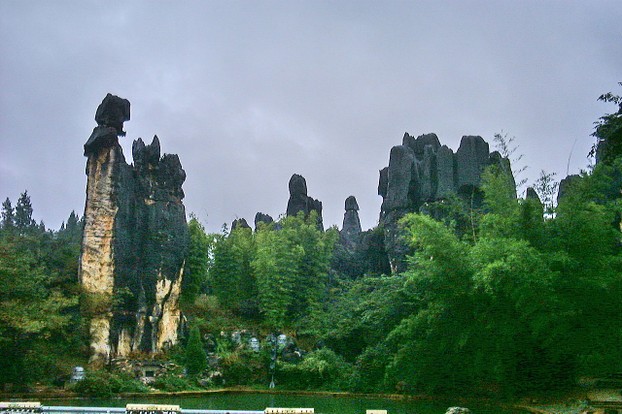
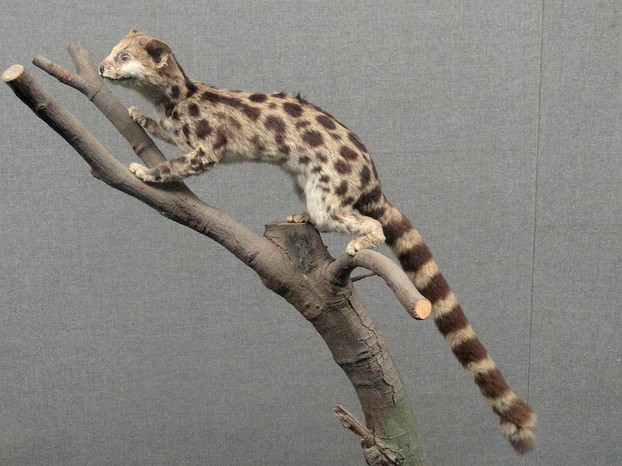
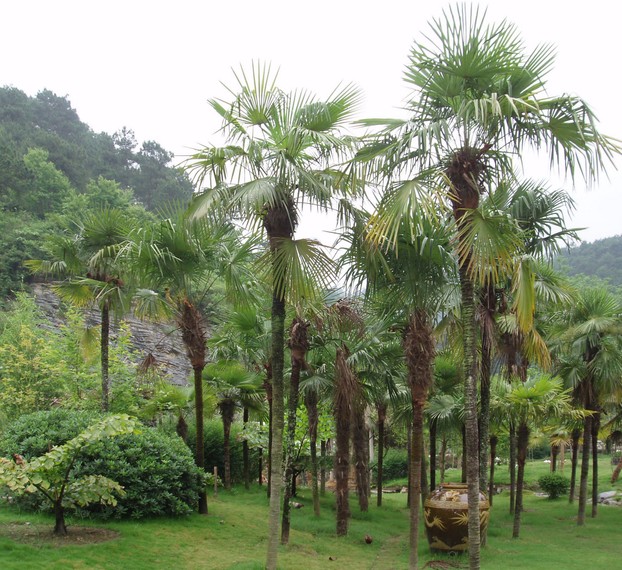
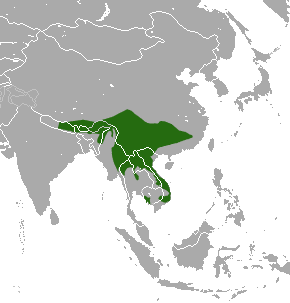
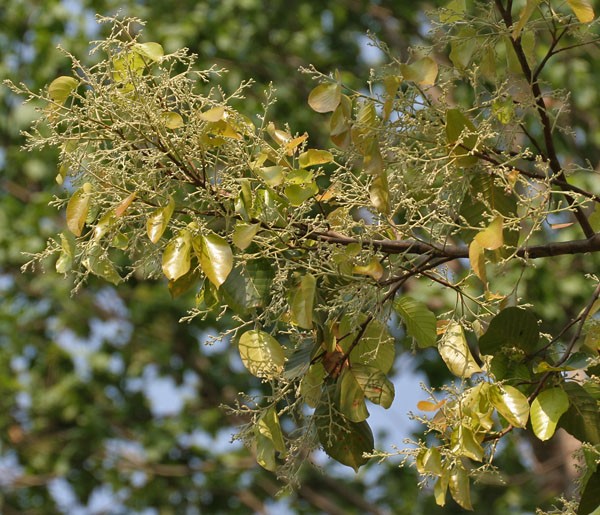
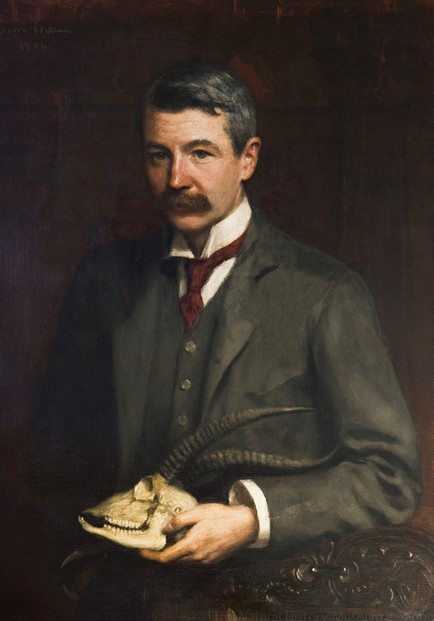
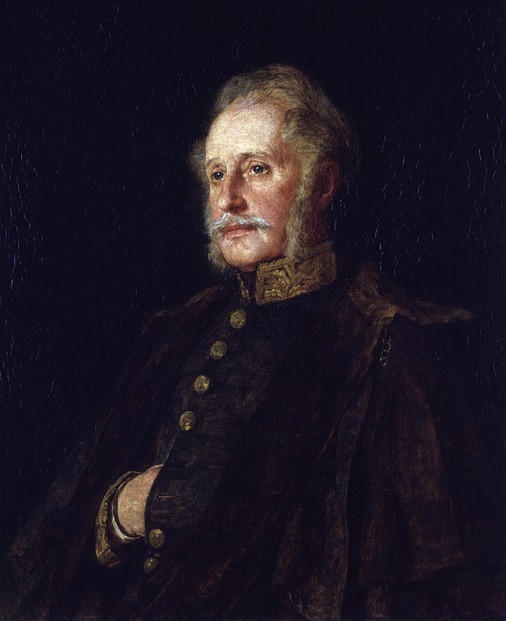
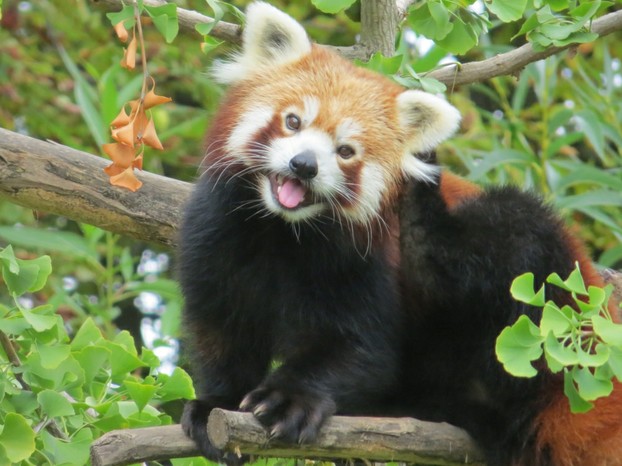




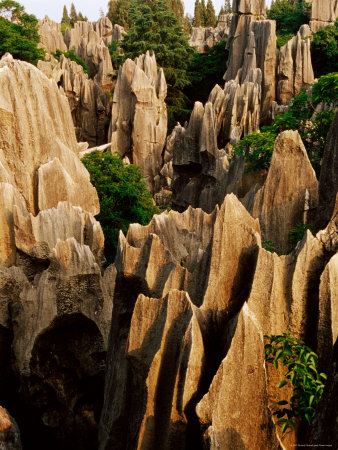
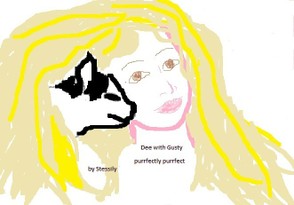
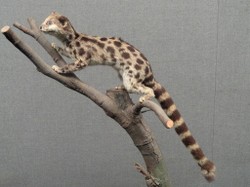

 Are Hawaiian Huakai Po Nightmarchers Avenging Halloween Thursday?on 10/02/2024
Are Hawaiian Huakai Po Nightmarchers Avenging Halloween Thursday?on 10/02/2024
 Mailing Addresses for 2023 Form 4868 Extending 1040 and 1040SR April 15, 2024, Due Dateon 04/15/2024
Mailing Addresses for 2023 Form 4868 Extending 1040 and 1040SR April 15, 2024, Due Dateon 04/15/2024
 Mailing Addresses for 2023 Forms 1040 and 1040SR Filed in 2024on 04/15/2024
Mailing Addresses for 2023 Forms 1040 and 1040SR Filed in 2024on 04/15/2024
 Mailing Addresses for 2022 Form 4868 Extending 1040 and 1040SR April 18, 2023, Due Dateon 04/13/2023
Mailing Addresses for 2022 Form 4868 Extending 1040 and 1040SR April 18, 2023, Due Dateon 04/13/2023

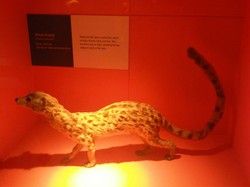
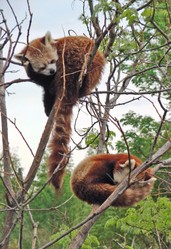
Comments